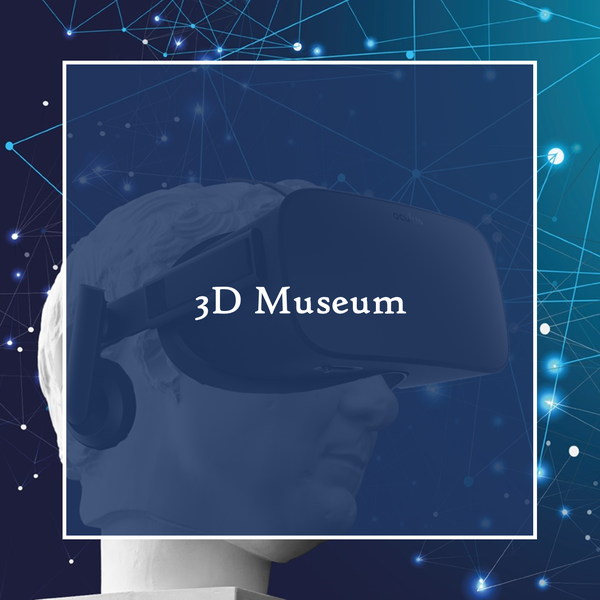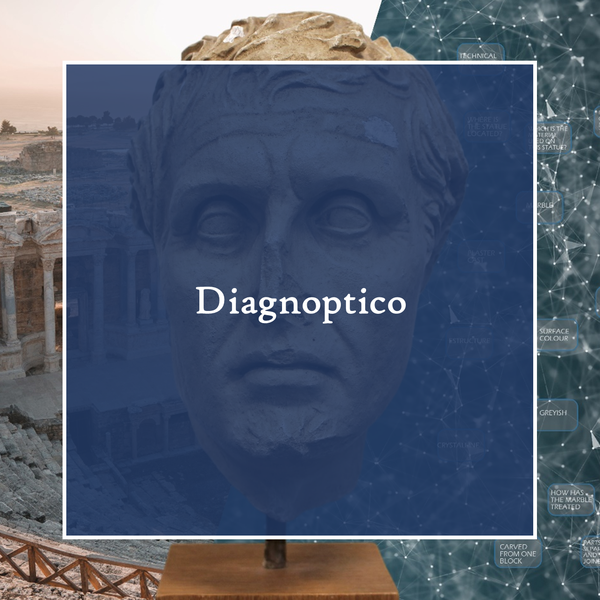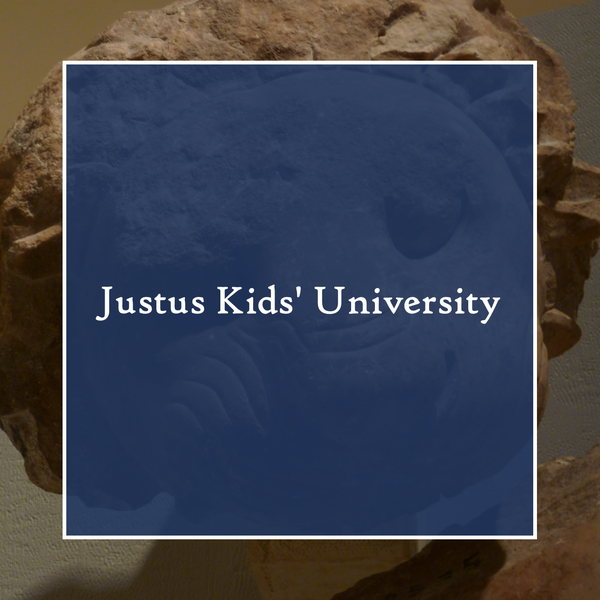
Direct Links
Informationen für
- Schülerinnen & Schüler
- Studieninteressierte
- Studierende
- Menschen mit Fluchthintergrund
- Unternehmen
- Jobs & Karriere
- Wissenschaftler/innen
- Promovierende
- Weiterbildungsangebote für JLU-Angehörige
- Lehrerfortbildung
- Wissenschaftliche Weiterbildung
- Start-Up
- Ehemalige (Alumni)
- Presse
IT-Dienste


